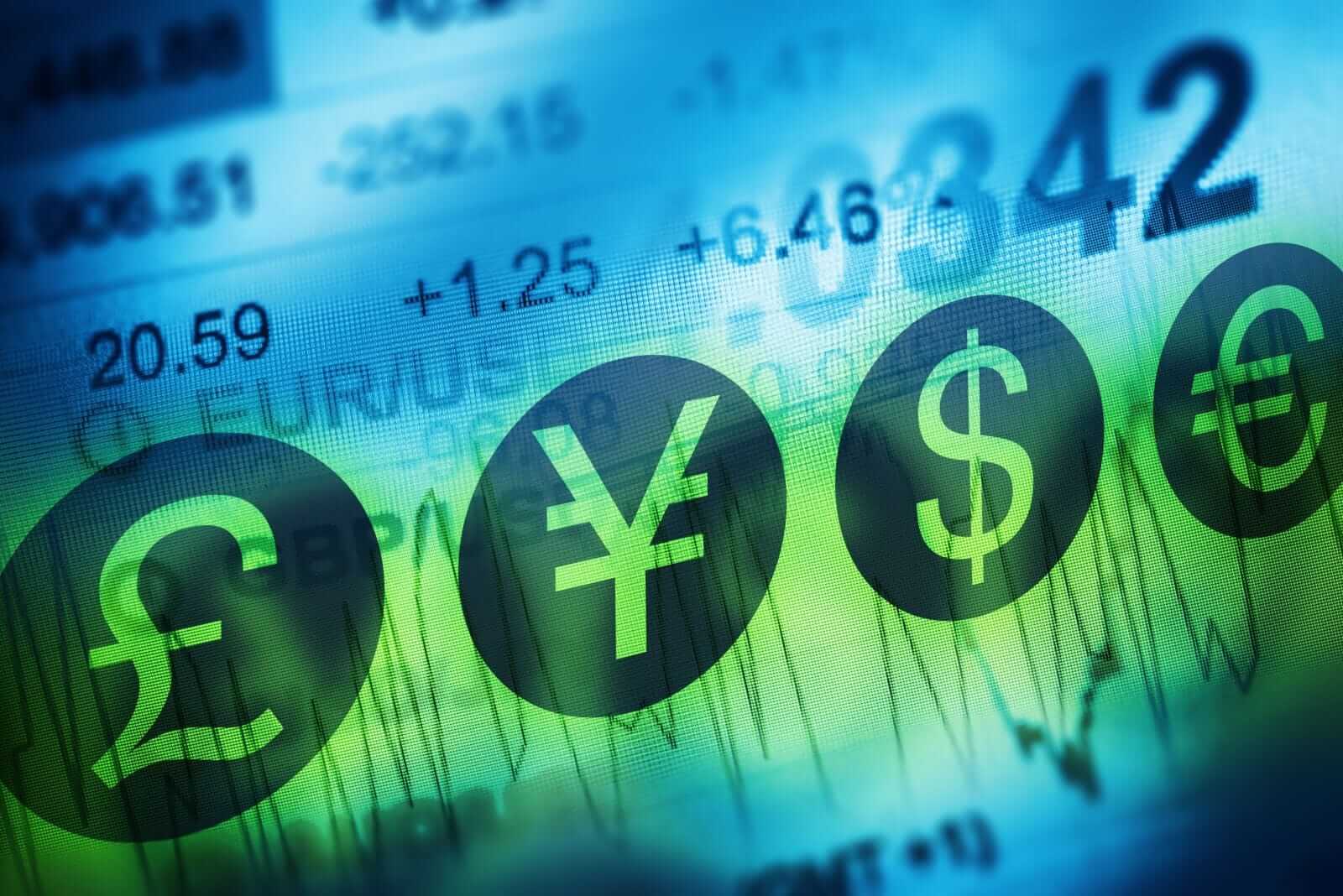
Factors that give the US dollar its power
The US dollar is the world's most dominant reserve currency. Central banks hold it in significant quantities worldwide and use it as the primary currency for international trade. This means that the US dollar significantly impacts the global economy. But what gives the US dollar its power?
Several factors contribute to the US dollar's status as the world's reserve currency. One of these factors is the size and strength of the US economy. The United States has the largest economy in the world, and it is also home to some of the world's largest and most influential companies, giving the US dollar a level of stability and reliability that is unmatched by other currencies.
Another factor that contributes to the US dollar's power is the strength of the US political system. The United States has a stable democratic government that is respected worldwide. This gives investors and other countries confidence in the US dollar and its stability.
Finally, the global dominance of the US dollar is also due to the US government backing it. The US government has a strong reputation for paying its debts, making the US dollar a safe investment for countries worldwide.
In summary, the US dollar is the world's reserve currency because of the strength of the US economy, the stability of the US political system, and the backing of the US government. These factors give the US dollar a level of confidence and stability unmatched by other currencies, making it the currency of choice for countries and investors worldwide.
The Relationship Between Interest Rates and the US Dollar
The relationship between interest rates and the US dollar is complex, but it's essential to understand if you want to predict how the currency exchange rates will fluctuate. In general, when the Federal Reserve increases interest rates, the value of the US dollar will rise. Higher interest rates make holding US dollars more attractive to foreign investors. They will want to invest in the US economy to take advantage of the higher returns. As a result, this increased demand for US dollars will increase the currency's value in the foreign exchange market.
The Federal Reserve raised interest rates seven times in 2022 and three times – so far – in 2023, with the most recent increase of 0.25% occurring in May 2023. This latest increase takes the fed funds rate to a target range of 5 to 5.25%, the highest since August 2007. There is some speculation in the market that to bring inflation to the Federal Reserve's 2% target Fed Funds will need to rise to 6.25 to 6.50%.
Seasonal Analysis
One of the most interesting phenomena about the US dollar is its seasonality: Its tendency to exhibit specific behavior patterns during different times of the year. Overall, understanding the seasonal patterns of the US dollar can be a valuable tool for traders looking to capitalize on the currency's fluctuations. By studying past seasonal trends and analyzing current market conditions, traders can make informed decisions about when to buy or sell the US Dollar and how to manage their portfolios effectively throughout the year.

Source: Moore Research Center, Inc. (MRCI)
The above MRCI seasonal chart of the US Dollar Index is based on 15 years of history. Their intricate attention to research has found that the US Dollar Index typically will rally as the September futures contract becomes the front month, early June (red channel) until approximately the second week of July.
Technical condition of the US Dollar
Source: Barchart.com
The US Dollar Index daily chart is labeled to reflect the seasonal patterns since January 2023. Observing a market following its seasonal patterns consistently gives a trader more confidence while trading the next seasonal window.
#1 Reflects the seasonal low as seen on the MRCI seasonal chart in late January.
#2 Illustrates the seasonal high created during March.
#3 Identifies the seasonal low during April/May.
#4 The recent rally high for late May.
#5 The anticipated general time for the price to resume the uptrend 2nd to 3rd week of June.
#6 The anticipated seasonal peak is during the 2nd or 3rd week of July.
In closing:
The US Dollar Index is poised to rally soon into July's second or third week. Based on a 15-year historical pattern and how the market has respected its seasonal pattern this year. The daily chart illustrates a current uptrend to support this seasonal pattern.
To participate in this trade, you can use the Euro futures or spot market due to their significant liquidity compared to the low liquidity of the US Dollar Index futures. Because the US Dollar Index is a basket of currencies and heavily weighted toward the Euro, the US Dollar Index becomes inversely correlated by almost 100%. A trader could short the Euro and get the same benefits as being long the US Dollar Index.
With an equity account, a trader could buy the exchange-traded fund (ETF) for the US Dollar Index UUP.
On the date of publication, Don Dawson did not have (either directly or indirectly) positions in any of the securities mentioned in this article. All information and data in this article is solely for informational purposes. For more information please view the Barchart Disclosure Policy here.






